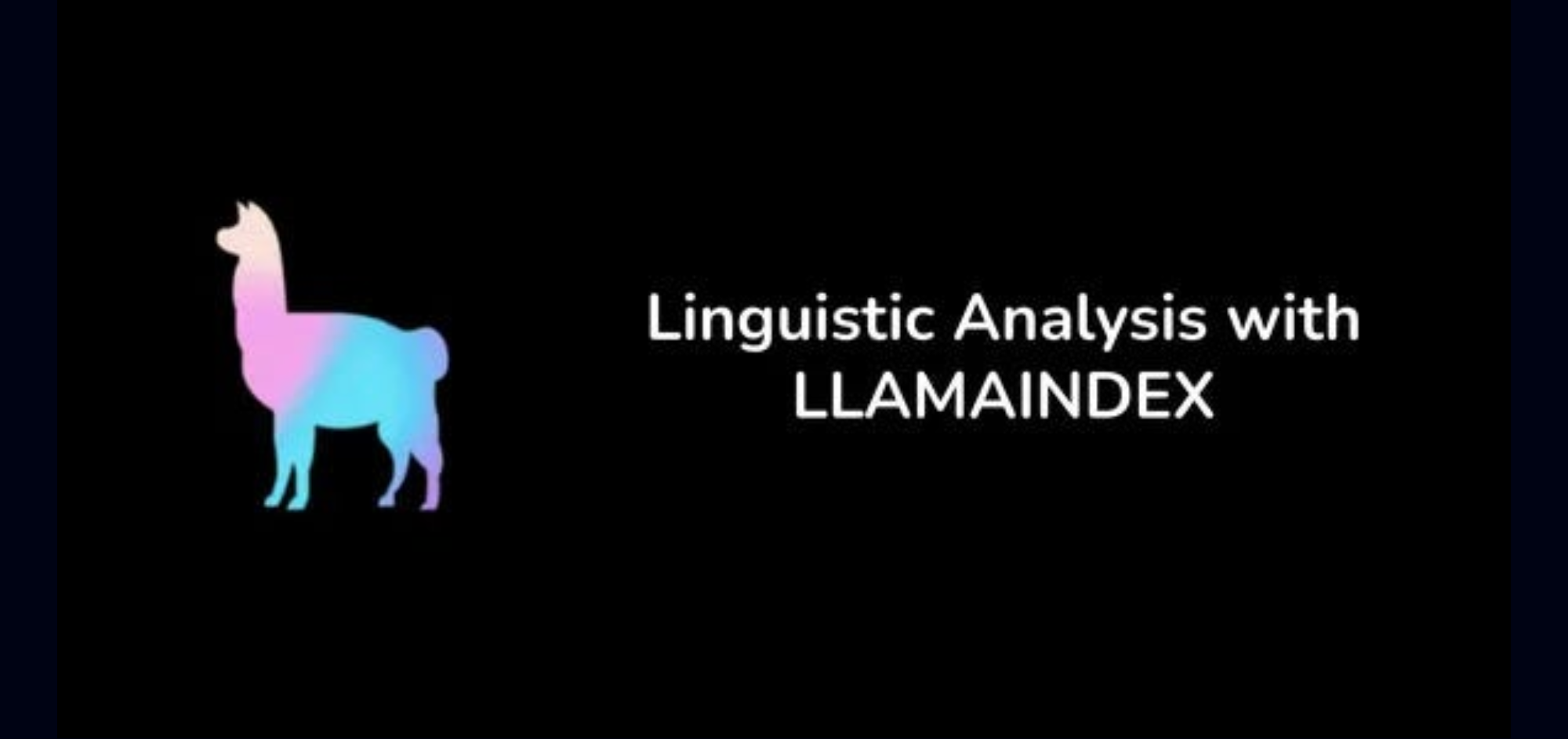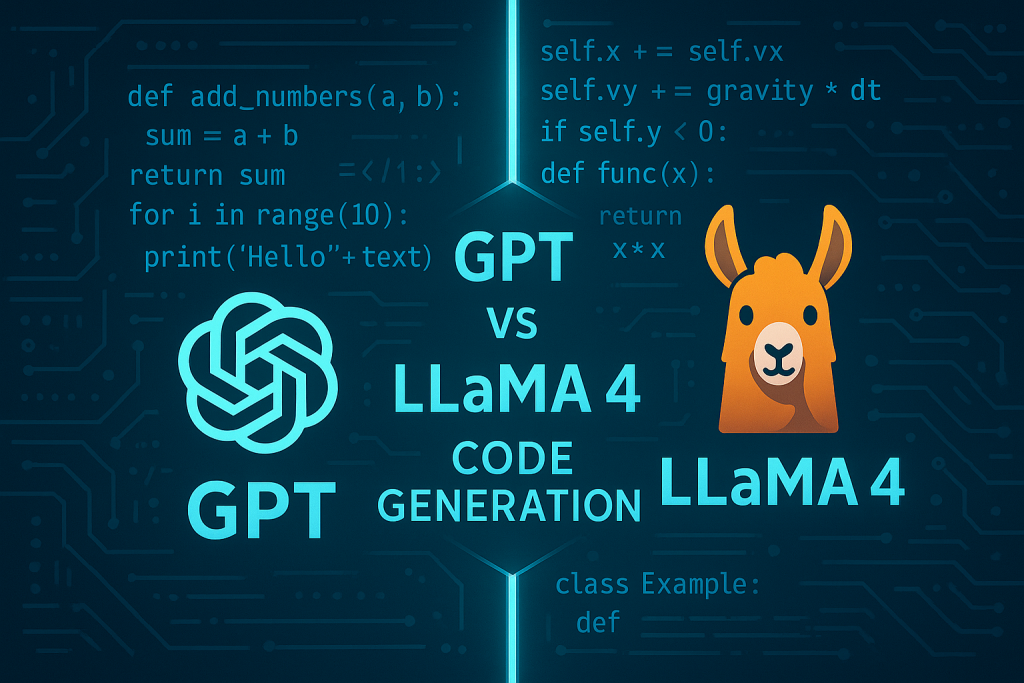Harnessing Data with LlamaIndex
A Guide on How to Use the Framework
Introduction
In the burgeoning field of artificial intelligence, the importance of effectively managing and utilising data cannot be overstated. LlamaIndex stands out as a pivotal tool in this arena, offering a comprehensive framework designed to enhance applications by seamlessly integrating large language models (LLMs) with diverse data sources. This article delves into the detailed usage, capabilities, and practical applications of LlamaIndex, providing a valuable resource for developers eager to harness the power of AI in their projects.
LlamaIndex is a sophisticated data framework that facilitates the ingestion, indexing, and querying of data to enable more context-aware responses within AI-driven applications. It supports a wide array of data sources, ranging from APIs and databases to various file formats, making it a versatile tool for developers.
Installation and Initial Setup
Python Installation
LlamaIndex can be installed as a Python package using the pip package manager. This can also be done in robust IDEs such as JetBrains’ PyCharm or VS Code using their IDE terminals:
pip install llama-indexIt can also be installed using “Anthropic LLM package” for python since llamaindex keeps frequently updating and changing packages:
pip install llama-index-llms-anthropicTypeScript/JavaScript Installation
For those working in a Node.js environment, LlamaIndex is available via npm:
npm install llamaindexThis simplicity in setup ensures that developers can quickly integrate LlamaIndex into their projects, regardless of the programming environment.
Example Usage using Python
Step 1: Install llamaindex via anthropic-llm for python
pip install llama-index-llms-anthropicSteps 2, 3, 4 and 5:
The steps
- Step 2: Import the Anthropic LLM Package in Python.
- Step 3: Initialise an API key for Anthropic LLM you obtained. To obtain an Anthropic LLM API key, you must first create an account in Anthropic and then obtain an API key from their official site. Here is the guide link to it.
- Step 4: Query the Anthropic LLM by sending text prompts and receiving responses as shown in the image and its comments.
- Step 5: Print the response to view the results of the query.

Data Ingestion and Management
One of LlamaIndex’s core strengths is its robust data ingestion capabilities. It can integrate data from over 160 different sources, ensuring that developers can pull from a diverse set of data pools for their applications.
Key Steps in Data Ingestion:
- Connect to various data sources.
- Utilise built-in loaders for automatic data fetching.
- Use normalisation techniques to ensure uniformity across different data types.
Example of Data Ingestion:
Here’s a simple example to demonstrate data ingestion:
Import dataloader from python’s llamaindex package
(This, however might be subject to change since python’s llamaindex class keeps changing and updating with new versions, but this is just an example code)
from llama_index.loaders import DataLoaderCreate an instance of DataLoader
data_loader = DataLoader()Example data source URL
data_url = "http://example.com/data.json"Load and normalise data
data = data_loader.load(data_url)
normalized_data = data_loader.normalize(data)
print("Normalized Data:", normalized_data)This snippet shows how you might load and normalise data from a JSON source using LlamaIndex’s DataLoader class.
Advanced Indexing Capabilities
LlamaIndex offers multiple indexing models tailored to optimise data retrieval based on specific application needs:
Vector Store Index:
Ideal for handling large datasets, this index type uses vector embeddings to enhance the speed and accuracy of data retrieval processes.
Tree Index:
Best suited for hierarchical data structures, the tree index helps in efficiently navigating complex data sets.
Keyword Index:
This traditional approach is useful for tagging and retrieving data based on specific keywords, which is particularly beneficial in domains like legal and medical data management.
Querying with Natural Language
The querying capabilities of LlamaIndex set it apart, allowing for natural language interactions with the indexed data. This feature utilises “prompt engineering,” enabling developers to simply ask questions in natural language and receive accurate responses without complex query syntax.
Example Query:
results = llama_index.query("What are the latest trends in AI research?")This simple yet powerful functionality reduces the learning curve for new users and enhances productivity by simplifying data interactions.
Building AI-Driven Applications
LlamaIndex is not just a tool for backend data operations; it also enables the creation of dynamic and intelligent applications. Whether it is developing Q&A systems, automated data analysis tools, or complex AI agents, LlamaIndex provides the necessary infrastructure.
Applications:
- AI-powered chatbots for customer service.
- Data analysis tools for financial forecasting.
- Automated systems for medical diagnosis based on historical data.
Community Engagement and Support
LlamaIndex boasts a great community of developers and AI enthusiasts who continuously contribute to its development. The platform offers extensive documentation, webinars, and tutorials to assist users in making the most of its features. Additionally, community forums and Discord channels provide avenues for real-time support and collaboration, fostering an environment of learning and innovation.
Conclusion
LlamaIndex represents a significant advancement in the realm of AI development, providing developers with the tools needed to build sophisticated, data-driven applications. By streamlining the processes of data ingestion, indexing, and querying, LlamaIndex not only enhances the capabilities of existing applications but also opens up new possibilities for innovative AI solutions. Whether you are a seasoned developer or just beginning to explore the possibilities of AI, LlamaIndex offers a robust framework to propel your projects forward.
For more detailed information, tutorials, and community resources, visit the official LlamaIndex documentation.
References
- Analytics Vidhya, 2023. Decoding Language Dynamics: Advanced Linguistic Analysis with LlamaIndex. [online] Available at: [https://www.analyticsvidhya.com/blog/2023/12/decoding-language-dynamics-advanced-linguistic-analysis-with-llamaindex/](https://www.analyticsvidhya.com/blog/2023/12/decoding-language-dynamics-advanced-linguistic-analysis-with-llamaindex/) [24 July 2024].
- DataStax, What is LlamaIndex? [online] Available at: <https://www.datastax.com/guides/what-is-llamaindex> [24 July 2024].
- LlamaIndex, LlamaIndex Documentation. [online] Available at: <https://docs.llamaindex.ai/> [24 July 2024].
- LlamaIndex, LlamaIndex TypeScript. [online] Available at: <https://ts.llamaindex.ai/> [24 July 2024].
- Anthropic, Anthropic Documentation. [online] Available at: <https://docs.anthropic.com/en/api/getting-started> [25 July 2024].
Catch the latest version of this article over on Medium.com. Hit the button below to join our readers there.



















